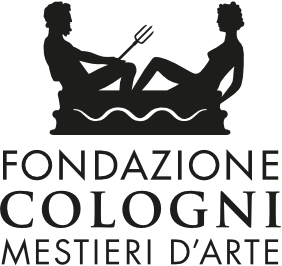Urban manufacturing and international design
These trade secrets, as rare and precious as the objects that were fashioned, have not disappeared: Milan’s industrial, financial and cultural vocation has not wiped out its rich past, its fertile substratum of manual skill and technical mastery.
The power of design, of which Milan is the international capital, is summoned in this new edition of ‘Doppia Firma. A dialogue between design and artisanal excellence’ to showcase the role of contemporary urban artisans: more and more creators, designers and architects feel that engaging with expert fine craftsmanship allows them to express themselves at their best, and put their names to the new classics of contemporary beauty.
In the ‘empire of things’ (as the Italian Renaissance has been called), “Milan managed,” Susanna Zanuso continues, “to place itself at the centre of Europe in turning out precious, exclusive objects thanks to the integration of artistic work and technical research, where the creative process was born and nurtured by new materials and new processes: it was an undisputed worldwide supremacy deeply rooted in the bond, never really interrupted throughout the 16th century, that the city maintained with Leonardo Da Vinci’s era of experimentalism.”
Today, this experimentalism is sought in different spheres of design. In the contemporary excellence that feeds on science, art, the desire for wonder. In a Milan that has the ability to turn dreams into projects.
In order to highlight these rare and precious crafting talents - the workshops we still find in the streets and neighbourhoods of the Milan area - the Cologni Foundation (together with Living Corriere della Sera, and with the patronage of the Michelangelo Foundation for Creativity and Craftsmanship) has dedicated the new edition of ‘Doppia Firma. A dialogue between design and artisanal excellence’ to this bond between Milan’s urban manufacturing and international design.
To emphasise the strength of an intangible form of heritage that to this day never ceases to be a source of inspiration for new creators of beauty.


